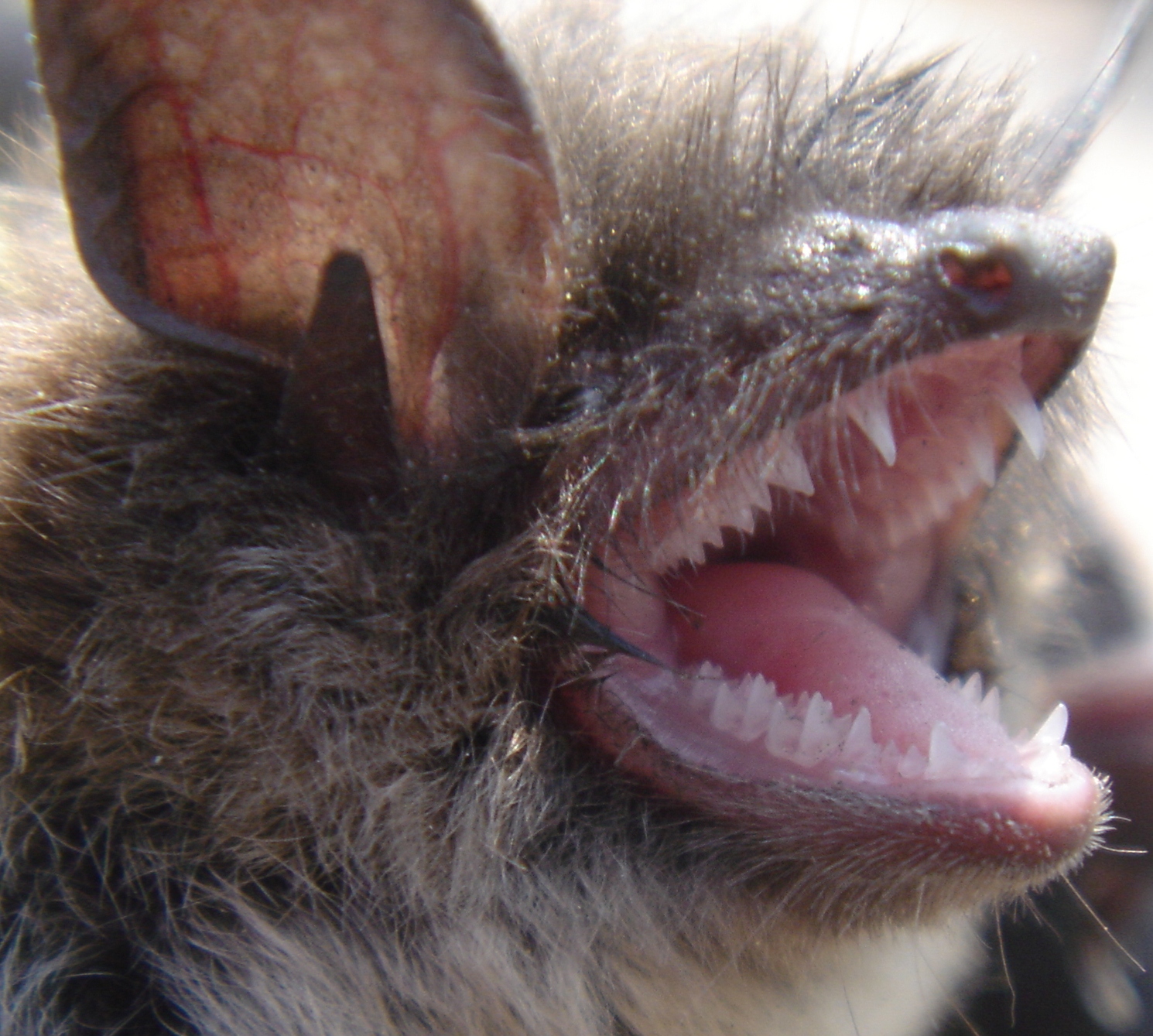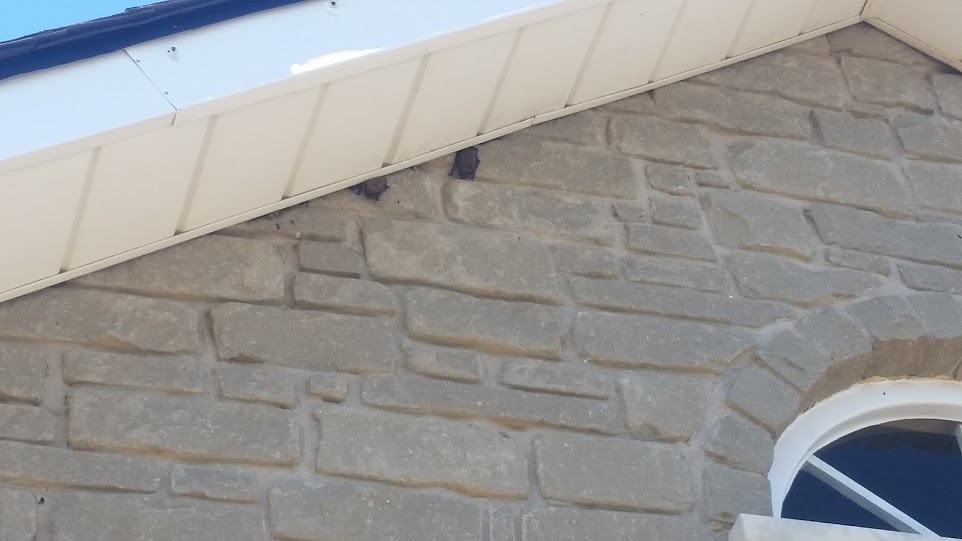Rabies is a deadly disease known to be carried by several creatures, including bats. Common information known about rabies is that it can be caught when bitten by a bat that is infected. However, rabies can also be spread in other ways. Because bats can commonly take up residency in the home, it is important for homeowners to learn about rabies and how an infection can take place. Avoid any bats seen in the home and contact wildlife removal so you can avoid any infectious disease including rabies.

Bats have very small, sharp teeth that can make bites difficult to detect
Transmitting Rabies without Biting
Bats have been found to be one of the primary animals that carry and transmit rabies. The most common way for rabies to be transmitted is with a bite from a bat. However, rabies can also be passed to humans from bat saliva. If the saliva from a bat that has rabies comes in contact with a human in the eyes, mouth, nose or even a fresh scratch or wound, they will become infected as well.

Mice entering an attic through the gap where the soffit connects with the brick wall
Once a person is exposed to rabies, the post-exposure prophylaxis vaccine must be administered. This will help to prevent infection. Once infected, a person will begin to see symptoms. Rabies is almost always fatal so it is important to avoid any exposure. When bats are located in your home, you should avoid them and contact wildlife experts for removal. The experts in bat removal will know the right way to remove the bats, even if they are exposed to rabies. Your family will be safe as the bats are removed in a humane method and clean up can take place.
Clean up is essential to remove any contaminated materials that could have the rabies virus or other viruses commonly found with bats. Your wildlife expert will recommend clean up procedures so no trace of rabies or other disease can be found in the home.
Signs of Bats
If you live in an area that is prone to bat activity, it is important to stay vigil. During the nighttime hours, take a peek outside from time to time to see if you see an abundance of bats flying around your home, or at least more than normal. Take note of any sounds you may hear in the attic area of your home. You can take a look in the attic for any visual clues of bat activity, but be wary. You do not want bats to fly into your home or be accidentally bitten or exposed to the saliva of the creatures. It is best to leave a full inspection to the experts.
At Skedaddle Humane Wildlife Control, we specialize in bat removal and have vast experience in removing the creatures from homes in Canada. We would love to assist you in any bat problem you may have. Contact our office today when you have signs of bats in the home for a full assessment for removal. With a plan in place, we can remove the bats from your home and complete preventative measures to ensure that bats are not a problem in the future.


